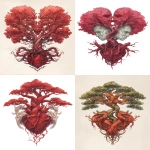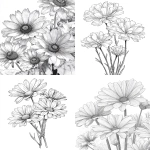Explore the Best AI Image Gallery
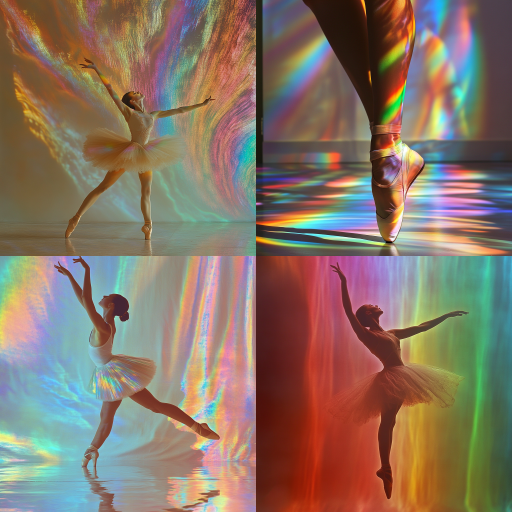
Revolutionizing Creativity: The Impact of Wearable Tech Innovations
Wearable technology has transcended its original purpose of simply monitoring health metrics. It now plays a vital role in various sectors, but particularly in the creative industry. Wearable tech innovations are redefining how artists, designers, and performers express themselves and interact with their audiences. These innovations offer new tools for creativity while raising ethical considerations that need to be addressed.
Advancements in Wearable Technology
Recent advancements in wearable technology have transformed it into a crucial component of creative expression. Devices such as smart glasses, VR headsets, and smart textiles are now commonplace. Here are some significant advancements:
- Smart Glasses: Devices like Google Glass and Echo Frames enable users to overlay digital information onto their physical surroundings, facilitating augmented reality (AR) experiences.
- Virtual Reality Headsets: Headsets such as the Oculus Quest are allowing artists to create and experience immersive environments in real time, opening new pathways for storytelling and artistic expression.
- Smart Textiles: Wearable fabrics equipped with sensors provide interactive experiences in fashion and design, allowing a garment to respond to the wearer's emotions or surroundings.
Impact on the Creative Industry
The influence of wearables extends across various creative domains:
Art and Performance
Artists are using wearables to create art that interacts dynamically with their audience. For instance, sensor-equipped costumes can change colors based on the dancer's movements or emotional state, creating a real-time dialogue between performer and audience. This interactive form of art enhances the emotional engagement of the audience.
Fashion Design
Fashion designers are embracing smart textiles to push the boundaries of their craft. For example, garments that change color based on temperature or light levels can give wearers a sense of agency over their clothing. This blend of technology and style challenges traditional notions of fashion and self-expression.
Filmmaking and Media Production
Wearable tools can enhance storytelling in filmmaking. Wearable cameras allow filmmakers to capture unique perspectives, immersing the audience in a character's point of view. Additionally, AR technology can create interactive elements in documentaries, enabling viewers to explore subjects in new ways.
Potential Uses Beyond Creativity
While wearables are celebrated for their contributions to art and design, their potential applications extend far beyond these realms. Consider:
- In Education: Wearable technology can create engaging learning experiences. For example, students can use VR headsets for virtual field trips, enhancing their understanding of complex topics.
- In Healthcare: Wearables provide real-time health data, aiding in personalized medicine. Healthcare professionals can monitor patients remotely, enhancing treatment outcomes.
- In Gaming: Gamers are utilizing wearables to enhance immersion. Motion sensors can translate physical movements into gameplay, creating interactive spaces that blend the physical and digital worlds.
Ethical Considerations
As wearable technology becomes embedded in our lives, ethical considerations must come to the forefront:
- Privacy Concerns: The use of wearables can raise issues regarding data privacy. Sensitive information might be captured and misused, leading to potential breaches of confidentiality.
- Accessibility: Not everyone has equal access to wearable tech. There is a risk that the benefits of technological advancement could widen the gap between those who can afford these innovations and those who cannot.
- Data Ownership: Questions about who owns the data collected by wearables are critical. Users must understand their rights regarding their personal information.
Future Trends
The trajectory of wearable tech in the creative industry suggests several exciting trends:
- Integration with AI: Wearable tech integrated with AI can provide personalized feedback to users, enhancing their creative processes. For instance, AI could analyze data from a dancer's motion sensors to suggest improvements.
- Increased Collaboration: Wearables can facilitate collaboration between artists, designers, and technologists, fostering innovative projects across multiple disciplines.
- Sustainability: As the fashion industry embraces sustainability, wearable tech innovations may incorporate eco-friendly materials and processes that appeal to eco-conscious consumers.
Conclusion
The innovations in wearable technology are reshaping how we understand creativity and its applications across different sectors. As we embrace these transformations, it is essential to remain cognizant of the ethical implications that come with them. The intersection of technology and creativity promises a future rich with possibilities, paving the way for new forms of expression, experience, and interaction.



](https://images.ai-img.art/thumbnails/150/9001a31ea1e3005593fe67f7a21ecc32f331b4bee215e387bd6fb6f6eff32fad.webp)
](https://images.ai-img.art/thumbnails/150/5313dbf71fc9396bec8b098e49575cef0d04464f851b37e775a162320eb7f5c0.webp)

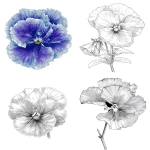
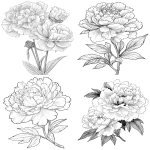
](https://images.ai-img.art/thumbnails/150/04fb0175cf1e0e99e5bdb2bf089beaa4372ab68341e2de1a2ac91160e562c1dc.webp)
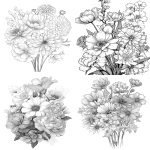




](https://images.ai-img.art/thumbnails/150/a2279a4773c6672cab6d1c3a08370b869ebd61a0e87883338841bfd1dc6b3dd6.webp)

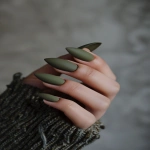
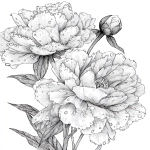
](https://images.ai-img.art/thumbnails/150/4033d48d79eff1f42e42c8516d6432c4e8232a6e813750f3b53a70e524ea3ac8.webp)
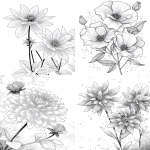
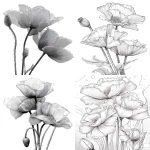
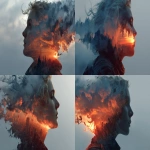


](https://images.ai-img.art/thumbnails/150/6383a0dfa65fd6acaa8578ce5bf88ae842f04e8e1bd57afb464693e074552551.webp)
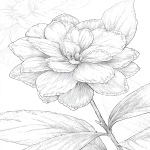
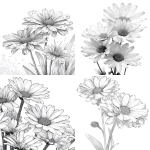
](https://images.ai-img.art/thumbnails/150/c37134f46081799e67131f46f7812c0c31faa3349a612bde0f5fd3554961892c.webp)
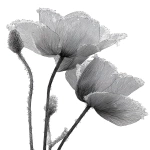


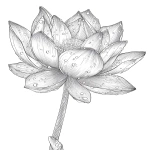
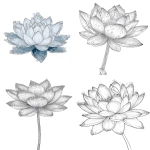
](https://images.ai-img.art/thumbnails/150/daf4013ace080f36040c81c2bfa625ced8d39bc647e9c071c33be588177ba52d.webp)

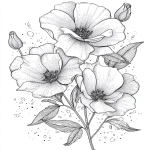
](https://images.ai-img.art/thumbnails/150/fbe13ead561a13df4a83a4a8bbe4dfa82e2b4e3b646c7d448a7db8a399fe9fff.webp)
](https://images.ai-img.art/thumbnails/150/eadae7bc8f86e8ce7f86adaccfe31b224464bdf0c6f089eeed1133445b6c2d98.webp)
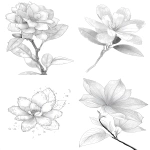


](https://images.ai-img.art/thumbnails/150/ee39b48174d35bcc806cad3ec9cf220071a8f6c0cf967db3e3494d1f41210129.webp)
](https://images.ai-img.art/thumbnails/150/556113bc149043075f69598fbc4915714d21f9d47031a08a7575aff4ae7e6e6a.webp)





